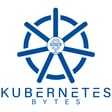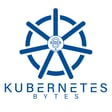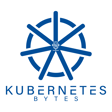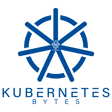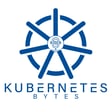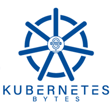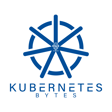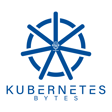
Solving Multicloud with Seamless Connectivity and AI - with Rob Croteau
In this episode of KubernetesBytes, Bhavin and Ryan interview Rob Croteau of Avesha. Avesha is behind the open source project KubeSlice which aims to enable admins to seamlessly connect multiple Kubernetes clusters no matter where they are located with a few command or clicks. Learn about the challenges teams face today with networking and how Kubeslice and avesha are trying to make connectivity for clusters simple.
Join the Kubernetes Bytes slack using: https://bit.ly/k8sbytes
Try Nom Nom today, go to https://trynom.com/kubernetesbytes and get 50% off your first order plus free shipping.
Ready to shop better hydration, use code "kubernetesbytes" at this special link https://zen.ai/apaSnaIFOuee5jScqZ28a03tKKvQiqkyz8mtm9wipoE to save 20% off anything you order.
Time Stamps
- News 00:05:36
- Interview 00:14:05
- Takeaways 00:53:50
Show Links
- - https://kubeslice.io/
- - https://avesha.io/
- - https://github.com/kubeslice
Show Notes:
- - https://cloud.google.com/blog/products/ai-machine-learning/duet-ai-in-google-cloud-preview
- - https://cloud.google.com/blog/products/containers-kubernetes/whats-new-with-gke-at-google-cloud-next
- - Kubecost Cloud now GA - install agent using Helm chart https://siliconangle.com/2023/08/21/kubecost-debuts-kubecost-cloud-help-enterprises-rein-kubernetes-spending/
- - KEDA graduates - https://www.prnewswire.com/news-releases/cloud-native-computing-foundation-announces-graduation-of-kubernetes-autoscaler-keda-301907019.html
- - Netapp files in google https://www.techtarget.com/searchstorage/news/366550341/NetApp-cloud-storage-evolving-for-stateful-K8s-AI
- - GKE Enterprise https://techcrunch.com/2023/08/29/google-introduces-gke-enterprise-to-help-companies-manage-complex-kubernetes-environments/
- - API GW article https://thenewstack.io/the-api-gateway-and-the-future-of-cloud-native-applications/
- - Ngrok static domains https://ngrok.com/blog-post/free-static-domains-ngrok-users
